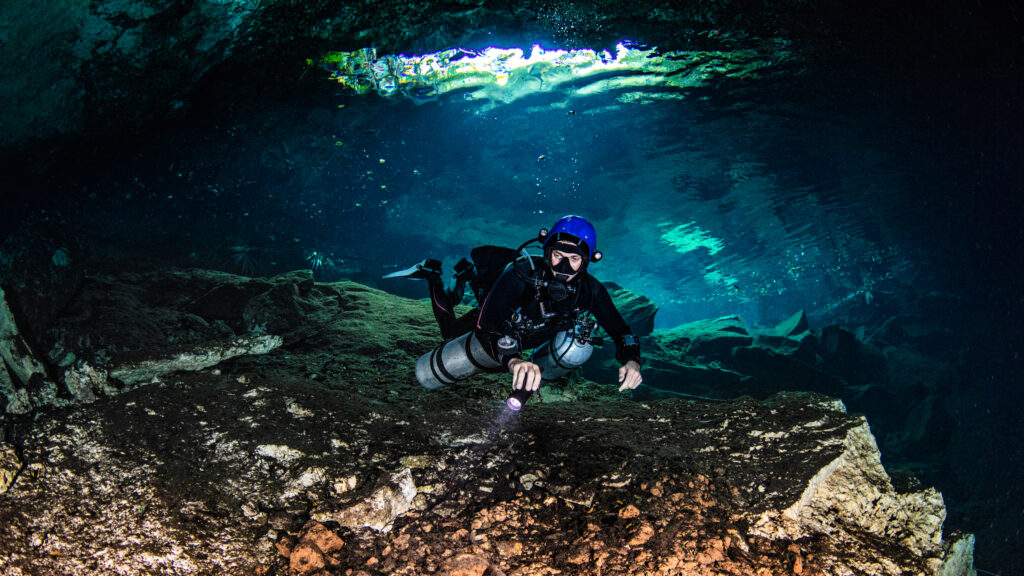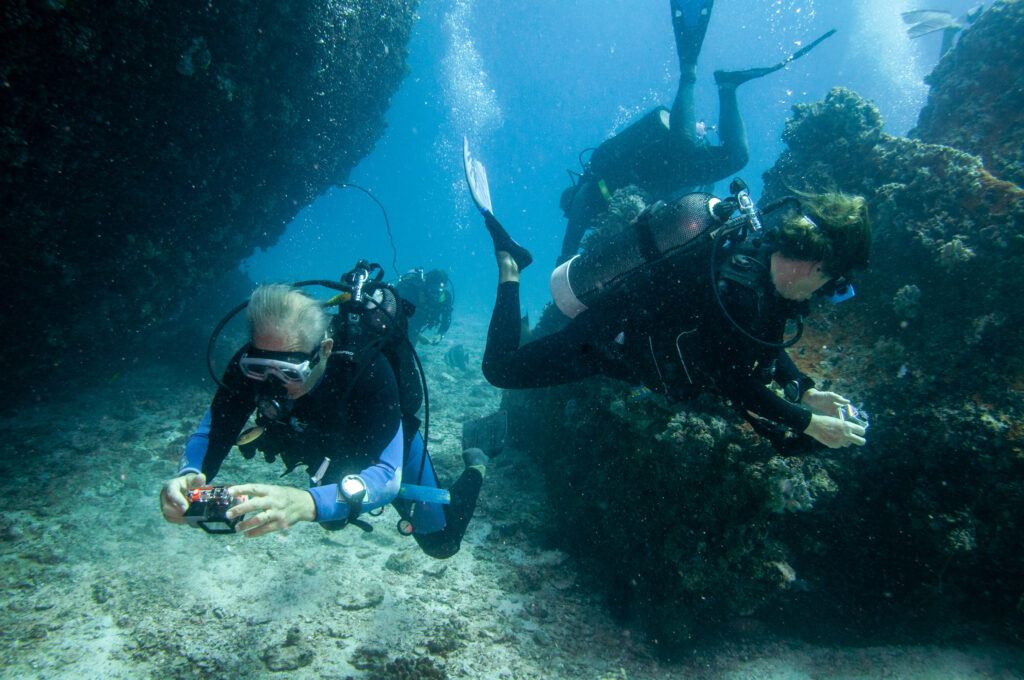What is a Boat Dive?

What is a Boat Dive? A boat dive is a type of scuba diving activity where divers travel by boat to reach a dive site. These sites are often located farther offshore, beyond the range of shore dives, and can encompass a diverse range of underwater environments, from coral reefs and shipwrecks to deep walls […]
What is Ascent when Diving?

Ascent refers to the upward movement a diver makes as they transition from being submerged underwater to reaching the surface. This process is an essential phase in scuba diving, directly impacting the safety and health of the diver. Ascent is not necessarily a straightforward or continuous journey from depth to the surface; it may require planned pauses, known as decompression stops, to help the body adjust to pressure changes and avoid decompression sickness, a condition commonly called “the bends.” In scuba diving, a controlled and deliberate ascent is crucial to maintaining well-being, preventing injuries, and ensuring a safe return to the surface. This article will explore the importance of ascent, its stages, best practices, and the potential risks divers face during this critical part of the dive.
What is Shore Diving?

Shore diving, often referred to as beach diving, is a type of scuba diving where divers enter the water directly from a beach, rocky shore, or shoreline rather than from a boat. This method of diving is popular for its accessibility and the freedom it offers divers to explore underwater environments at their own pace. Unlike boat diving, which requires specialized equipment, crew, and often significant planning, shore diving allows divers to engage with underwater ecosystems with fewer logistical hurdles. By walking directly into the water, divers can quickly immerse themselves in the marine world, making it an attractive option for both beginners and experienced divers.
